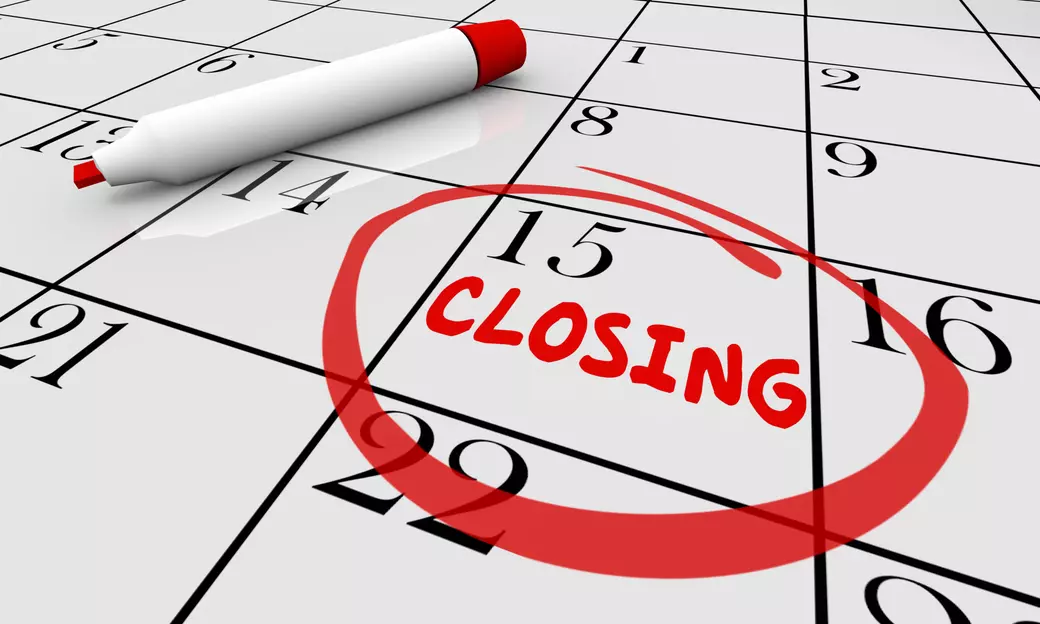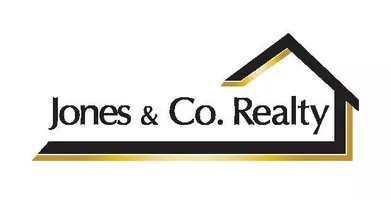What You Need to Do the Week Leading Up to Closing: A Seller’s Checklist

The week leading up to closing is an exciting yet critical time in the home-selling process. There are a lot of moving parts to keep track of, and making sure everything is in order will ensure a smooth transition for both you and the home buyer. Here’s a checklist to help you prepare for a successful closing, from gathering important documents to leaving essential instructions for the new homeowners.
1. Gather Important Documents and Materials
Before you hand over the keys, it’s crucial to gather all the necessary documents that will be needed for the closing. These include:
- Repair/Improvement Records: If you’ve made any repairs or upgrades to the property, gather receipts, invoices, and warranties for the buyer.
- HOA Documents: If your home is part of a homeowners association (HOA), provide the buyer with any relevant documents, including the HOA rules and regulations, fees, and contact information.
- Flood Insurance Information: If you have flood insurance, check whether it is assumable. If it is, make sure to provide the buyer with the necessary information and steps to transfer the policy to their name.
Having these documents organized and ready to hand over will not only make the closing smoother but also show the buyer that the home has been well cared for.
2. Leave Helpful Notes and Instructions
One of the most thoughtful things you can do as a seller is to leave a folder or binder with important notes and instructions for the new homeowners. This shows you care about the transition and want to help the home buyers settle in quickly. Here’s what to include:
- Garage Door Opener Instructions: Don’t just leave the garage door opener on the counter. Include a note explaining how it works, especially if it’s a more complicated system.
- Keyless Entry Code or Pad Instructions: If you have a keyless entry system for the garage or front door, provide instructions on how to change the code for added security. This way, the home buyer can easily set it to their preference.
- Key Instructions: If you’ve left keys for various parts of the property (e.g., the garage, shed, mailbox), label each one and explain what they’re for. If there’s a community mailbox, provide the key and specify which mailbox is theirs.
- Irrigation System Instructions: If your home has a landscape irrigation system, include a simple guide on how to operate it, and any schedules for watering.
- Pool & Spa Operating Manuals: If your home has a pool or spa, provide the home buyer with the operating manuals, including maintenance schedules and any specific instructions that will help them take care of the pool. Many first-time pool owners may not know all the ins and outs of pool care.
- Security System Instructions: If your home has a security system, leave detailed instructions on how it works, how to change the code, and who to contact for service.
- Smart Home Instructions: If your home has smart features (like lighting, thermostats, or locks), make sure to leave the buyer the necessary information about any apps or systems they’ll need to download and set up. Include any usernames, passwords, or specific steps they’ll need to take to control the devices.
By taking the time to leave these important details, you can help ensure that the home buyer feels confident in managing the property once it’s theirs.
3. Complete the Buyer’s Requests
The home buyer will likely have requested certain repairs or cleaning as part of the agreement, so be sure to address these requests before closing. At a minimum, you should:
- Wipe Down Cupboards and Surfaces: A quick wipe-down of the interior of cupboards and drawers will go a long way in presenting the home in its best light.
- Clean Floors: Sweep and mop the floors in all living spaces. The home should look polished and well-maintained for the final walk-through.
- Clean the Interior of Appliances: Make sure the refrigerator, microwave, and oven are clean and ready for use. Home buyers appreciate knowing they won’t have to clean appliances themselves before moving in.
Taking care of these tasks will help ensure that the home buyer doesn’t find issues during their final walk-through that could delay the closing.
4. Keep Utilities in Your Name Until Closing
Keep the utilities in your name until the sale is finalized. This includes electricity, water, gas, and any other essential services. If utilities are disconnected before closing, the home buyer may not be able to do their final walk-through, and this could delay the closing. Once the sale is official, you can disconnect service and the home buyer will transfer the utilities into their name.
5. Plan for a Final Walk-Through
The home buyer will perform a final walk-through of the home just before closing, and you want to make sure everything is in working order. During this walk-through, the home buyer will ensure that:
- Repairs Have Been Completed: If there were any agreed-upon repairs or upgrades, the home buyer will check that these were completed satisfactorily.
- Everything is in Working Order: Appliances, plumbing, HVAC systems, and electrical systems should all be in good working order. The home buyer will likely test them during the walk-through to make sure there are no surprises.
- The Home is Clean: The home buyer expects the home to be in a similar condition to when they last saw it. Ensure it’s clean and tidy for the final inspection.
If any issues arise during the final walk-through, it could delay closing or even cause the buyer to ask for further negotiations, so it’s important to take care of any outstanding items before this step.
6. Check for Personal Items
Before the closing date, make sure that all of your personal belongings are removed from the property. This includes any furniture, clothing, or personal items that you won’t be taking with you. You should also double-check that you haven’t left anything behind in closets, cabinets, or the attic.
7. Take Care of the Final Bills
Make sure you’ve settled any outstanding bills, such as utility bills, HOA fees, or property taxes. Buyers will appreciate a smooth transition, and leaving any outstanding financial matters unresolved could lead to confusion or delays.
8. Coordinate with Your Agent
Ensure you’re in constant communication with your realtor as closing day approaches. They’ll provide guidance and support through every step of the process and can assist in ensuring everything is in place for a smooth closing. They’ll also help coordinate the timing of the final walk-through and the closing appointment.
Final Thoughts: The Week Before Closing Is Key
The week leading up to closing is a busy time, but by staying organized and addressing key tasks—such as gathering documents, cleaning the home, and leaving helpful notes for the buyer—you’ll set yourself up for a successful, hassle-free closing. By keeping everything in order, you can ensure that the final walk-through goes smoothly and the transaction is completed on time.
Taking these simple steps will make a lasting impression on the buyer and leave you with the peace of mind that everything was handled properly when you walk away from the sale.
Categories
Recent Posts










GET MORE INFORMATION

Billee Silva, PA, ABR SRS
Licensed Realtor | License ID: P3275278
Licensed Realtor License ID: P3275278
